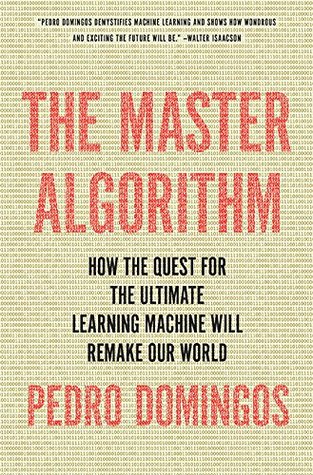Bayesians and symbolists agree that prior assumptions are inevitable, but they differ in the kinds of prior knowledge they allow. For Bayesians, knowledge goes in the prior distribution over the structure and parameters of the model. In principle, the parameter prior could be anything we please, but ironically, Bayesians tend to choose uninformative priors (like assigning the same probability to all hypotheses) because they’re easier to compute with. In any case, humans are not very good at estimating probabilities. For structure, Bayesian networks provide an intuitive way to incorporate
...more
This highlight has been truncated due to consecutive passage length restrictions.


